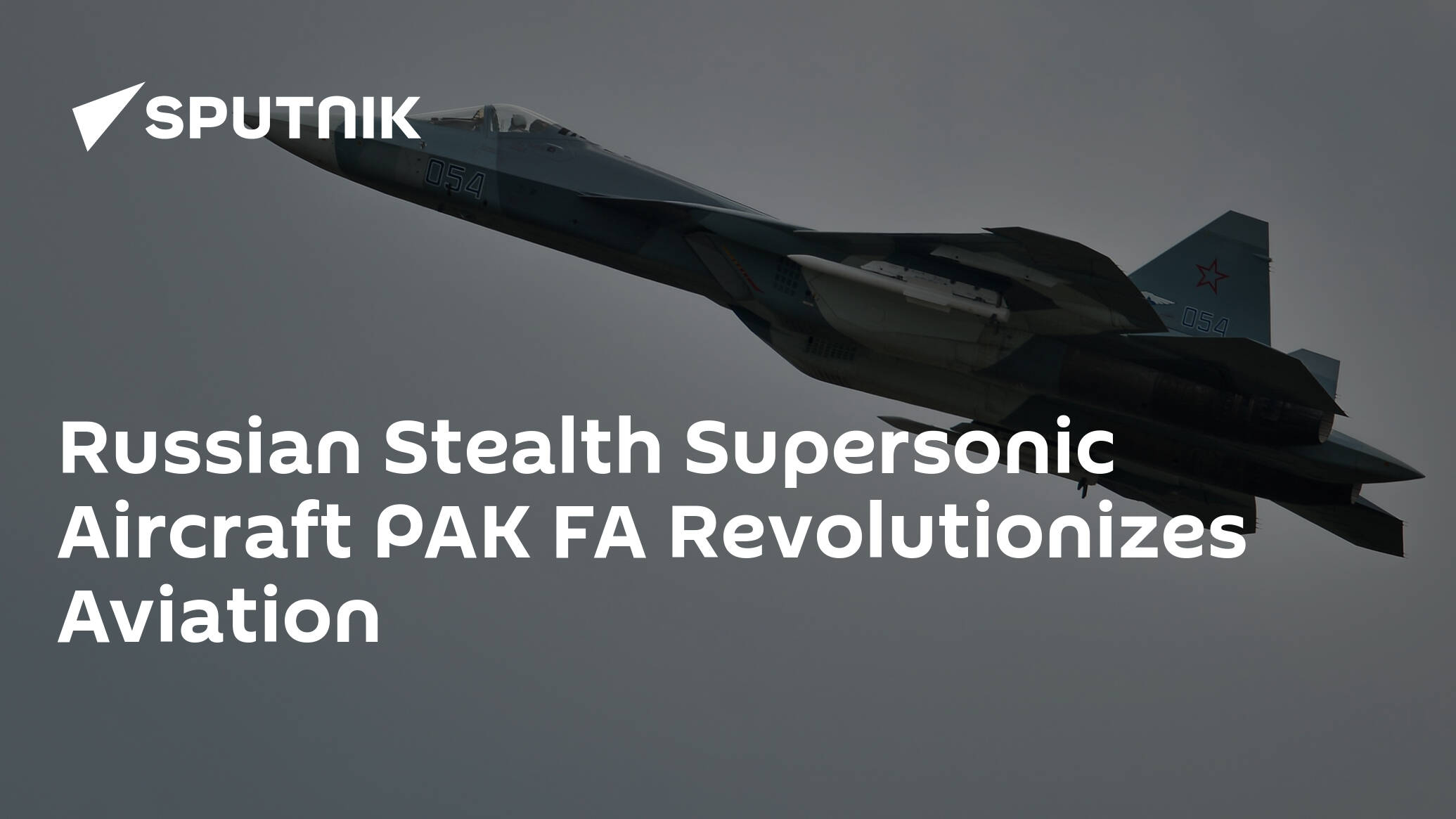Re: Military Notebook: Military Discussions
1. Armenia is waiting when Azerbaijan will run-out of oil, which is 90% of their economy.
2. Armenia knows when to fight and when not to fight, that why Artsakh was liberated and is in the process of recognition.
Originally posted by Armynia
View Post
1. Armenia is waiting when Azerbaijan will run-out of oil, which is 90% of their economy.
2. Armenia knows when to fight and when not to fight, that why Artsakh was liberated and is in the process of recognition.



























Comment